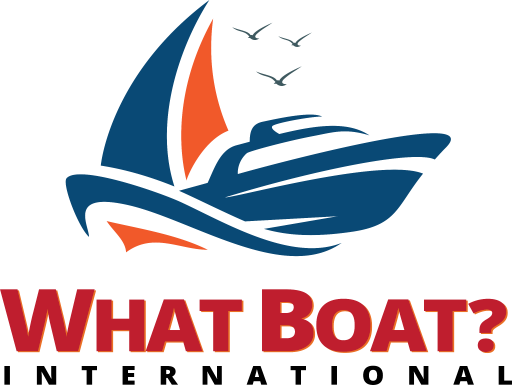
An Inclusive Language Guidance has been a highly requested resource by numerous affiliated clubs and recognised training centres. Many have expressed that they face challenges with the language that is used to describe the roles they play within sailing, boating and water sports. This guidance highlights the importance of valuing everyone’s identity in the language that we use. Language plays a huge part in the ways in which we are all included, recognised and feel belonging in a community.
What is inclusive language?
The language that we use in everyday conversations is constantly evolving. Some words that we might have used 50 years ago, are no longer appropriate when it comes to describing different people. Some terms disappear and resurface, while others are modified and redefined. It’s important that the language we use shifts alongside the progression of our understanding and knowledge of different groups of people that may not share our individual characteristics.
Why do I need to know about inclusive language?
Inclusive language is vocabulary that we can include into our everyday thoughts and conversations, and when writing documents or policies. The aim of inclusive language is to honour and respect everyone’s experiences, values, and individuality.
Inclusive language requires us to challenge our own stereotypes and prejudice towards different groups of people in our society and aids us to unlearn negative habits that are ingrained in us from a young age. Using inclusive language aims to respect individuals with protected characteristics, as defined by the Equality Act 2010. This includes age, disability, gender reassignment, marriage or civil partnership, pregnancy and maternity, race, religion or belief, sex, and sexual orientation. Not only this, but inclusive language also values everybody, whether you’re male or female, heterosexual or homosexual, older or younger…
The RYA Inclusive Language Guidance: Modern Day Manners was developed by the RYA’s Equality, Diversity and Inclusion Officer, and has been reviewed by a range of stakeholders within the organisation. The guidance is intended to be used in a dictionary style, to navigate to the areas that you want to learn more about – you don’t need to read it all in one go!
To find out more and to receive a copy of the Inclusive Language Guidance, please email the RYA Equality, Diversity and Inclusion team.
Some top tips for inclusive language
Inclusive language also means ensuring that your policies, documents, articles and communications are accessible too.
Here are some top tips
- Avoid using acronyms, subject specific words or complicated words (also known as jargon) – If you do, make sure you explain what they mean. Remember that not everyone is an expert in your subject and not everybody is going to understand long and complicated words.
- For large, legal documents like constitutions and code of conducts – provide an overview page with the key, important points written in simple and clear sentences.
- Consider using the Accessibility Checker Tool if you are using Microsoft Word – How to use the Accessibility Checker in Microsoft Word.
- Use a sans serif font such as Arial or Helvetica and use a minimum size of point 12 and keep sentences and paragraphs short – it’s recommended to use 25 words or less per sentence.
- Be sure to ask a group of club members or participants at your organisation to review the accessibility of the guidance and take on-board any recommendations or concerns.

